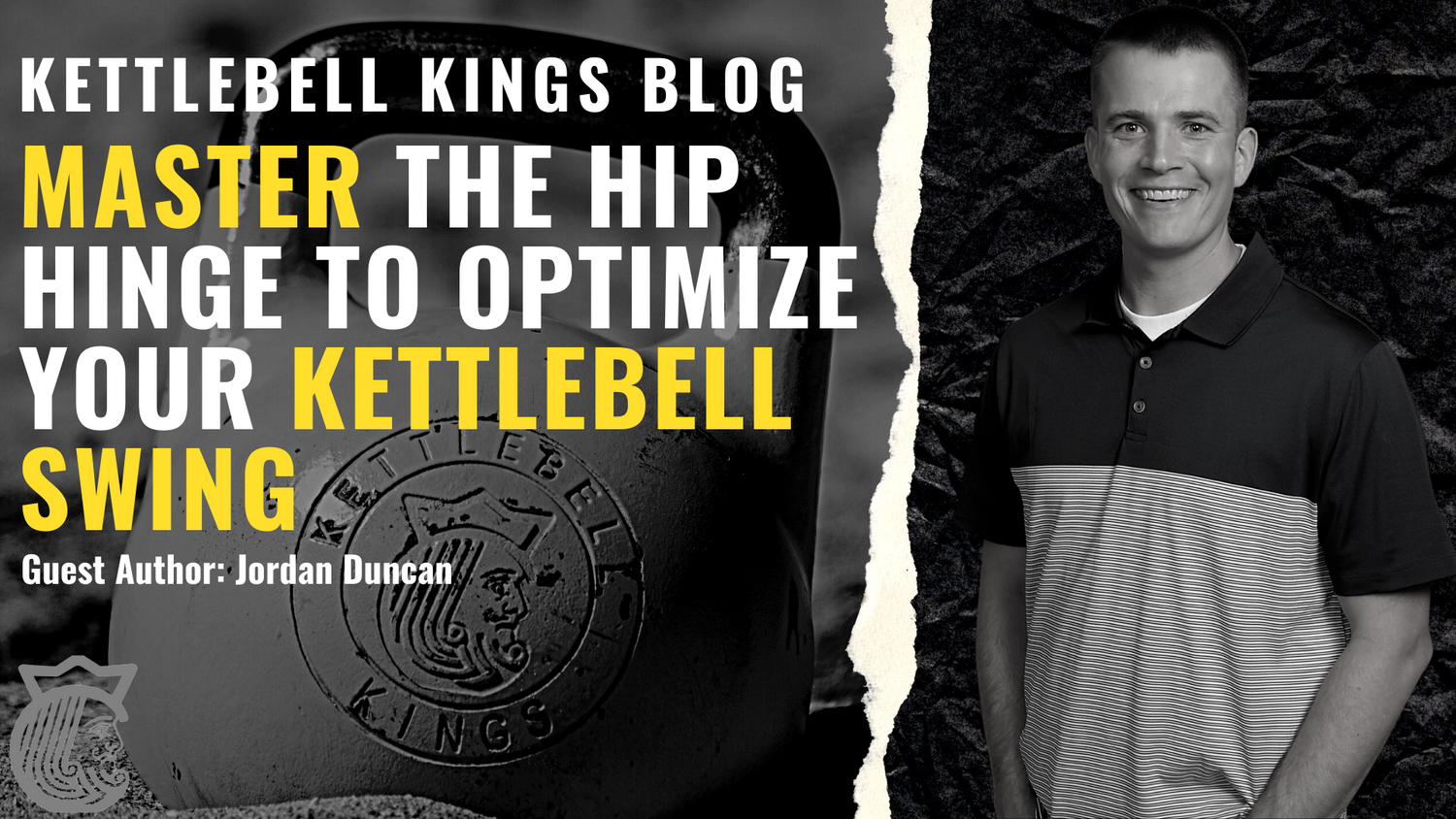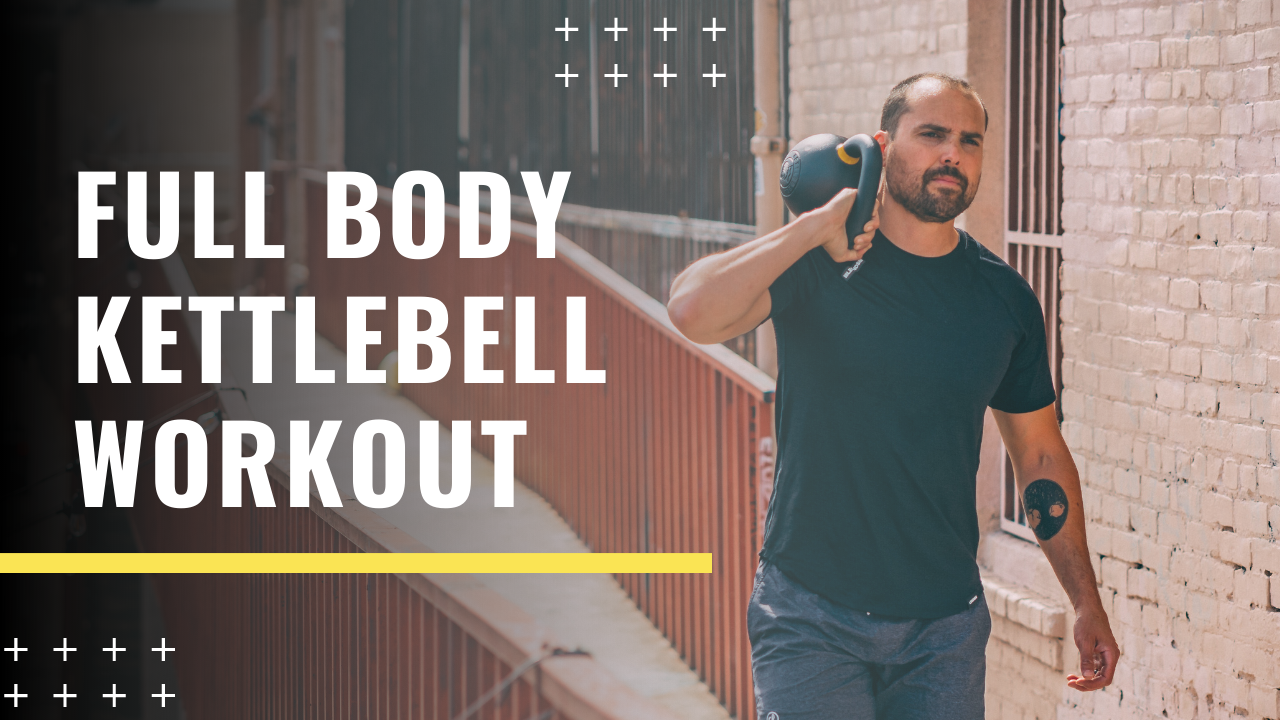Although it may look easy when watching someone who is very proficient, there are a lot of crucial components that go into learning how to swing a kettlebell. One element of the swing that many beginners struggle with is properly hip hinging. The swing, along with the deadlift, is a hip hinge movement.
It’s not uncommon for people to start out by utilizing a squat instead of a hinge during their kettlebell swing. This is because most of us are able to squat pretty well. The squat is a movement pattern we naturally progressed to in our first year of life. It is so ingrained in our central nervous system that the majority of people learning how to swing a kettlebell automatically default to it, rather than hinging from the hips.
Therefore, prior to actually swinging a kettlebell, it is vital that you learn how to hip hinge. Hinging from the hips is the primary prerequisite from which the other components of the swing are built on. The hip hinge is how the kettlebell moves back between your legs. It also provides the force necessary to drive the kettlebell forward, initiating the float phase of the swing.
There are several key differences between the squat and the hip hinge. In the hinge, the hips move back with minimal knee bend. In the kettlebell squat, the hips move down with maximal knee bend. During the hinge, the spine remains in a neutral posture while motion occurs in the hip joints. The back is spared from excessive stresses, which are instead transferred to the strong, mobile, ball in socket hip joints.
You want the hinge to become your default movement pattern so you don’t have to think about it during the swing. The following drills can help you develop and master the hip hinge.
The first is a simple exercise using a dowel, broomstick, PVC pipe, or a similar type object. You would perform it as follows.
- While standing, orient the dowel vertically along the center of your back.
- Hold it in place with one hand behind your neck and the other behind your lower back.
- The dowel should contact the back of your head, your mid back, and the back of your pelvis.
- While keeping the dowel in place, move your hips back and your torso forward (hinging at your hips), with a slight knee bend.
- Hip hinge as far as you comfortably can while keeping the dowel in contact with all three points.
- Return to the starting position.
- If the dowel remains on all three contact points, it means that you are maintaining neutral posture of the spine.
- If you lose the lowest dowel contact point, it means that you are bending your spine rather than hinging from your hips.
- Repeat for a total of 10-15 reps.
The second hip hinge exercise makes use of a wall. You would perform it as follows.
- Stand with your back to a wall, feet shoulder width apart, about 8 inches away from the wall.
- While keeping your feet flat on the ground, slightly bend your knees and move your hips straight back until you touch the wall with the back of your hips.
- Move your feet a couple inches farther from the wall and repeat.
- Continue moving away from the wall until you can no longer touch the wall without your feet coming off the ground.
- The farthest distance where you can touch the wall with your hips and still keep your feet on the ground is where you should practice this hinge motion.
- Repeat for a total of 10-15 reps.
Practice these drills until the hip hinge movement pattern becomes second nature and easy to perform. From there you can learn how to swing. Remember, ‘hips back’ is the key to the hip hinge.
You know you are achieving the proper hip hinge motion if you feel tension in your hamstrings during these drills. Since the hamstrings attach to the pelvis (which is rotating on the hip joints), hamstring length is an important factor in determining how far you can hip hinge. Therefore, if your hamstrings are tight, you will be limited in your ability to hinge. Foam rolling and stretching are two excellent options for improving hamstring mobility.
Just like a shortstop practicing drills before they field ground balls, or a basketball player developing proper shooting technique before firing away three pointers, mastering the components of the kettlebell swing is crucial before actually performing the exercise. One of the most vital pieces of the swing is the hip hinge, without which it can’t be properly performed.
Practicing the hip hinge until it becomes your default movement pattern will allow you to focus on other aspects of the swing, such as timing and sequencing. Even for those with more experience, revisiting proper hinge mechanics and incorporating these drills into your workouts can help you further optimize your kettlebell swing.
Jordan Duncan DC, Cert. MDT
Tsatsouline, Pavel. Kettlebell: Simple & Sinister. StrongFirst, 2013.










